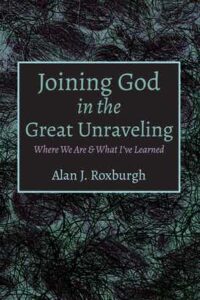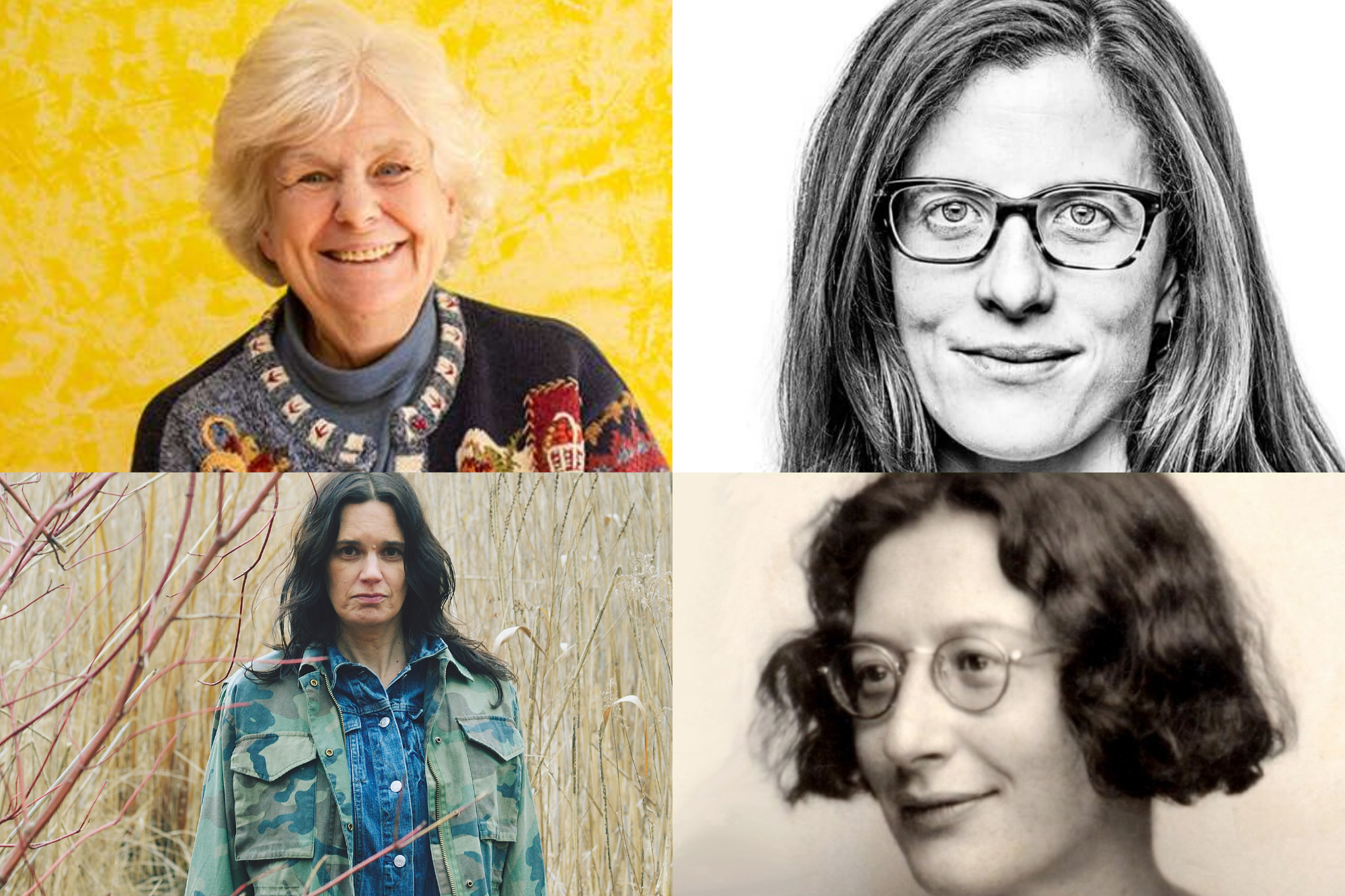Six years ago (2015), Joining God, Remaking the Church, Changing the World was published. It was broadly received across the Euro-tribal churches because it signalled the malaise confronting these churches (ecclesiocentrism, technique, individualism and clergy-centrism). It proposed that God’s central concern is not the fixing of these churches. Rather, the Spirit is out ahead in our neighbourhoods and communities. The answer to questions of how to address the unraveling of these churches does not lie in fixing, renewing or figuring out the latest trends but in learning how to join with God in our communities. The second half of that book began to sketch out how to practically do this on the ground.
Since its publication, church leaders have expressed appreciation for the book because it redirects congregations into their neighbourhoods and encourages them to embrace the practice of discernment that refocuses their common life around God’s agency. In the intervening years I have worked with many, many congregations, their pastors and the denominational systems that serve them. This work has involved the creation of resources and processes for engaging the agenda of the book as well as teaching, coaching and mentoring numerous leaders in the practical issues of leading transformation in a local congregation.
 Just over a year ago, as COVID started to lock us all down, I started to write a follow up book, Joining God in the Great Unraveling: Where We Are & What I Have Learned. I began writing this book with the intention of revisiting the 2015 Joining God book to assess what had actually shifted, or changed, in the intervening six years as congregations tried on different ways of joining with God in their neighbourhoods. The intention was to report from the field, draw a picture of what had been happening and what I was learning. Six or more years down the road on this journey, there are important reflections, learning and practices to share. But this book also has a bit of an unwieldy title. It doesn’t just address where we are as churches in a massive unraveling of our culture, but, on a deeply personal level, what I’ve learned and how much of my thinking has changed.
Just over a year ago, as COVID started to lock us all down, I started to write a follow up book, Joining God in the Great Unraveling: Where We Are & What I Have Learned. I began writing this book with the intention of revisiting the 2015 Joining God book to assess what had actually shifted, or changed, in the intervening six years as congregations tried on different ways of joining with God in their neighbourhoods. The intention was to report from the field, draw a picture of what had been happening and what I was learning. Six or more years down the road on this journey, there are important reflections, learning and practices to share. But this book also has a bit of an unwieldy title. It doesn’t just address where we are as churches in a massive unraveling of our culture, but, on a deeply personal level, what I’ve learned and how much of my thinking has changed.
This is what I want to share with you in a series of posts this summer. Each post offers some aspect of the learning we have done about joining with God in the neighbourhood. When I started writing the book, I thought it would be a straightforward exercise in recording and reflecting what we have learned through our work at The Missional Network. In one sense, it was straightforward because we’ve been learning a lot. But that was only half the story.
I was transformed in my own thinking as I wrote this book. Without taking away what I describe in the 2015 book, by 2019 I had pretty much given up on the missional conversation. I’d become convinced that the whole movement had been made captive to an anxiety-driven ecclesiocentrism that was now just another technique for fixing the church. Then, in writing this book, I found myself reading four very different women, Mary Jo Leddy, a Canadian Catholic sister, Lauren E. Oaks, a Ph.D researcher studying the die back of yellow cedars in the remote coastal regions of south-east Alaska, Leanne Betasamosake Simpson, a Michi Saagiig Nishnaabeg indigenous leader and academic on the part of Turtle Island now called Canada, and, finally Simone Weil, a French mystic and philosopher who died of exhaustion and tuberculosis in her early thirties near the end of World War 2. These women, through their writing, transformed my understanding of what is at stake in the great unraveling of modern societies leading me to a fresh appreciation of the challenge Lesslie Newbigin placed before the Euro-tribal churches.
In the end, this book wouldn’t turn out to be a simple follow-up on the 2015 book. It couldn’t be a book on how the churches could engage change or be more missional because I had come to see that so much more is at stake in this great unraveling of the modern, Western story.
In the coming weeks I’ll summarize what we’ve been learning and share with you the changes we’re going to need to make if we are to join with the One who is out ahead of us in these fragile times.


Thanks Alan! I’m very much looking forward to this. The voices of strangers/outsiders, including THE OUTSIDER, will save us all!!!
This parallels my own thinking as I look at our dying country church. We can’t fix it, and as you say, we agree that fixing churches is not God’s primary concern. Mention has been made of closing the church with the few left joining other churches in the area. But, the question remains of the ones in the periphery of the church. The ones who never come to Sunday morning worship, yet are the ones we visit and pray for. They are the ones who get the Christmas baskets and the ones who receive the “thinking of you” cards. Would the other churches pick up on this ministry? Can we leave these who rely on the connection with the country church? One day soon they will need the final bedside words and prayers.
If we close the church, who will assume the spiritual responsibility for these people?
In the neighborhood there are those who share a health concern as we meet them in the grocery store. We offer prayer. There are connections and connections of those connections and the hub is the “dying” church that no longer has the people, the critical mass to really do any programs anymore. And yet..
I look forward to hearing what you have to say and hope you may have a word for me.
Blessings,
Sheila Heneise
Sheila: I hear and “get” your concerns and desires. For me, the Spirit is stirring something in us through these questions you are asking. It can become too easy for congregations to only see themselves as confronted with a problem such as a piece of “real estate” that has become costly and needs to be sold. I’m convinced there is more imagination among God’s people than this. In rural Ontario where my wife’s parents lived there are numerous rural churches. On our frequent visits to be with Jane’s folks in the their final years I’d take long walks through the countryside. I saw a rural church up for sale. It was clear that the congregation (for whatever reasons) was disbanding and the “real estate” was being sold. A bit later, on another visit, I noticed that the building had, indeed, been sold and turned into a flower shop. This little shop was thriving. The building, which as definitely a “church” was brightly painted and all around it hung flowers exuding welcome, life, energy, love. It had become a little “community center” that also filled the longing of people for a place to gather, see beauty and connect with one another. There was a delight in me at this sense of life together around a small enterprise. But there was also a sadness. Surely, I thought, there would have been among God’s people there this kind of imagination to be a community center for the people around, a safe place for just connecting and being present with one another. This is where we get cared for and feel we belong to something bigger than just a Sunday morning gathering.